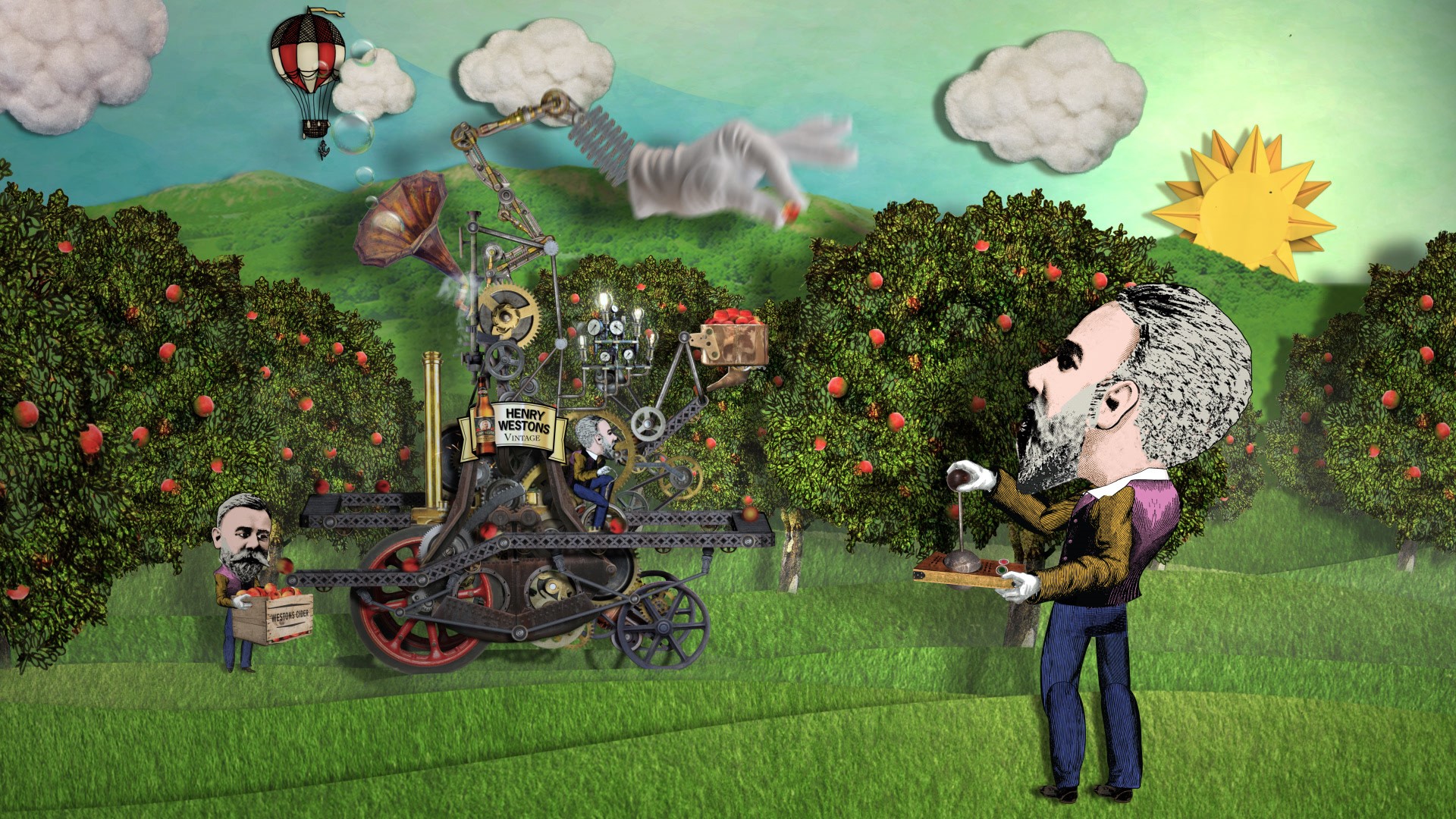Television advertisement has been a staple of marketing for decades. However, with the rise of digital media, many companies have begun to re-evaluate their approach to tv ad animation. While traditional TV ads will remain an important part of marketing, the future of TV ad animation looks to be more dynamic and engaging.
- Increase in AI-Driven Animation:
AI-driven animation has already been applied to many marketing campaigns, and its use is likely to continue to grow. AI-driven animation allows brands to create more engaging and dynamic visuals with greater accuracy and speed than ever before. AI-driven animation can be used to personalize ads for individual viewers, allowing for more effective targeting and increased engagement.
- Use of 3D Animation:
3D animation can create a more realistic and immersive experience for viewers. 3D animation can also be used to create more detailed visuals, enabling brands to tell more complex stories and create more engaging advertisements. 3D animation also allows for more interactive experiences, as viewers can interact with the ad in various ways.

- Use of Virtual Reality and Augmented Reality:
Virtual reality and augmented reality have become increasingly popular in recent years. These technologies allow viewers to interact with the ad in a more engaging and immersive way. Brands can also use virtual reality and augmented reality to create more detailed visuals, giving viewers a more realistic experience.
- Use of Motion Graphics:
Motion graphics are also becoming increasingly popular in tv ad animation. Motion graphics allow for a more dynamic and engaging experience, as visuals can be adjusted in real-time to fit the brand’s message. Additionally, motion graphics can be used to create more complex visuals, enabling brands to tell more detailed stories.
- Use of Video Integration:
It is also becoming more common to integrate videos into TV ad animations. Videos can be used to create more dynamic and engaging visuals, as well as to tell more complex stories. Videos can be used to create a more personalized experience for viewers, allowing for more effective targeting and increased engagement.
- Use of Social Media Platforms:
Brands can use social media platforms to create more personalized experiences for viewers, as well as to create more interactive experiences. Additionally, social media platforms can be used to target specific audiences, allowing for more effective targeting and increased engagement.
- Move towards Data-Driven Animation:
Data-driven animation is becoming increasingly popular in TV ad animation. Data-driven animation allows brands to create more dynamic visuals, as well as to target specific audiences. Additionally, data-driven animation can be used to create more personalized experiences for viewers, allowing for more effective targeting and increased engagement.
- Increase in User-Generated Content:
User-generated content is becoming increasingly popular in TV ad animation. User-generated content can be used to create more engaging and dynamic visuals, as well as to tell more complex stories. It can be used to create more personalized experiences for viewers, allowing for more effective targeting and increased engagement.
Conclusion:
The future of TV ad animation looks to be more dynamic and engaging than ever before. These technologies are allowing brands to create more personalized experiences for viewers, resulting in more effective targeting and increased engagement.
